Ever since pandemic lockdowns inspired companies to think outside the box, virtual selling has been firmly in the spotlight.
It’s not a new concept, but as technology advances and customer expectations grow ever more complex, virtual sales — and the people, training and tools that enable it — must continuously evolve.
Learn more about virtual selling, how it’s evolved, and what your reps need to know to jump in.
According to McKinsey
What is virtual selling?
Virtual selling, as you’ve probably guessed, is a sale completely orchestrated by technology. However, it’s not the same as simply making a sale online — so what is virtual sales and what does the term really mean?
The difference is that the former uses technology to complete a process designed for in-person interactions. The latter is built from the ground up to be an entirely virtual experience — one that reimagines sales rather than just repackaging it.
Part of this difference is due to evolution driven by B2C buying experiences and expectations. Virtual selling is a response to changing customer demands; for example, 56% of surveyed shoppers said they like the flexibility of shopping on their own schedule, while 50% noted they like the convenience of avoiding shopping trips.
What do B2C buyers like about virtual shopping?
5 challenges of virtual selling
Although the right virtual selling software and skills can make digital interactions feel just as real as face-to-face experiences, there are certain drawbacks to this method. Here are a few key examples:
Sales reps may feel that their interactions are more limited and their ability to personalize service is reduced. This can leave virtual sales feeling a bit distant, hollow, or mechanical.
Many reps find it easier to build trust in face-to-face interactions where body language, proximity, and even a friendly handshake are all at their disposal. While connection over a distance is one of the biggest benefits of virtual selling, it can also be a drawback.
Virtual communication means there can be a lot of noise during a deal – whether it’s in the form of emails, Zoom meetings, phone calls, etc. Sellers have to rely on virtual-only communication with a prospect and it’s more likely that things can get lost (or go completely unseen) when shared digitally.
In some industries, demonstrating and showing a product in person is a huge differentiator. In-person product demos also allow sellers to give buyers hands-on experience and create a lasting impression. When everything is virtual, the power of the product can sometimes be lost.
33% of employees worry about what remote work can do to company culture, especially when it comes to connection, communication, and collaboration. That’s particularly relevant for sales, marketing, and customer success teams, who need to be on the same page to manage virtual selling tools and experiences.
A virtual selling environment may not be as engaging to some customers because it isn’t as immediate and all-encompassing. For example, shoppers in a conference room can’t exactly switch to another tab to check the weather or browse social media while a rep talks to them.
Distractions can include kids, pets, home noise, and all kinds of tech trouble. This can make virtual sales feel more disconnected for both the reps and the customers.
Research shows challenges with virtual selling
[Source: The RAIN Group Virtual Selling Skills and Challenges Report]
Best practices for virtual selling
While there are certainly challenges in virtual sales, there are also plenty of remote-selling best practices to set your reps up for success. And virtual selling does work. According to McKinsey research, 75% of decision-makers think virtual engagement serves buyers equally well or even better than the shift to remote work.
According to McKinsey
Here are some tips for making sure your virtual meetings are successful:
- Have a professional setup: Good lighting and technology can make a huge difference, especially when it comes to eliminating distractions. Blur your surroundings or use branded background images to keep the focus on you — and don’t forget to dress to impress.
- Take every virtual selling training opportunity: Virtual selling skills aren’t the same as in-person selling skills. Use training and coaching as a chance to learn more about the environment, customer expectations, best practices, and more.
- Share data-driven sales materials: Different kinds of media can help grab and keep a prospect’s attention. Use videos, infographics, product images, and any data-driven material you can offer virtually.
- Create follow-up and nurture strategies: Losing contact in the virtual world is easy. Make sure you follow up with prospects to stay top-of-mind — and always leverage nurture strategies to gradually reel them in over time.
4 best virtual selling tools
To capture all the benefits of virtual selling, you need a fully digitized environment, including sales rooms, enablement materials and more. Remember, you can’t just adapt existing sales techniques to the digital world; you have to completely reimagine them and build every step with technology in mind.
Here are some of the best virtual selling software options:
-
B2B database: Zoominfo
Zoominfo is a business-to-business (B2B) tool that connects revenue teams to customers. It unites sales, marketing, operations and talent via data-driven software and interconnected platforms.
-
Video conferencing: Zoom
Aside from being flexible, easy to use and full of additional features such as email and calendar integration, Zoom has the benefit of being familiar to just about everyone. This video conferencing platform enables virtual selling and a whole lot more through its connected solutions.
-
Document sharing: Google Drive
If you’re looking for cloud storage and document sharing, you couldn’t do much better than Google’s suite of data solutions. Docs, Sheets, Slides, Forms — Google Drive enables you to share documents of all kinds and even integrates with the company’s email and conferencing offerings.
The above examples are great virtual selling tools, but you’d need to juggle more than one to succeed. Mindtickle eliminates the need to jump back and forth between different platforms.
With Mindtickle, all your sales and revenue activities are together in one place. From sales onboarding and virtual selling training to forecasting and analytics, you’ll have access to a full lineup of solutions. This enables all your teams to communicate and collaborate in a shared digital environment, allowing you to build digitally native processes tailored to your virtual selling best practices. (Check out the flipbook gallery below to see Mindtickle in action.)
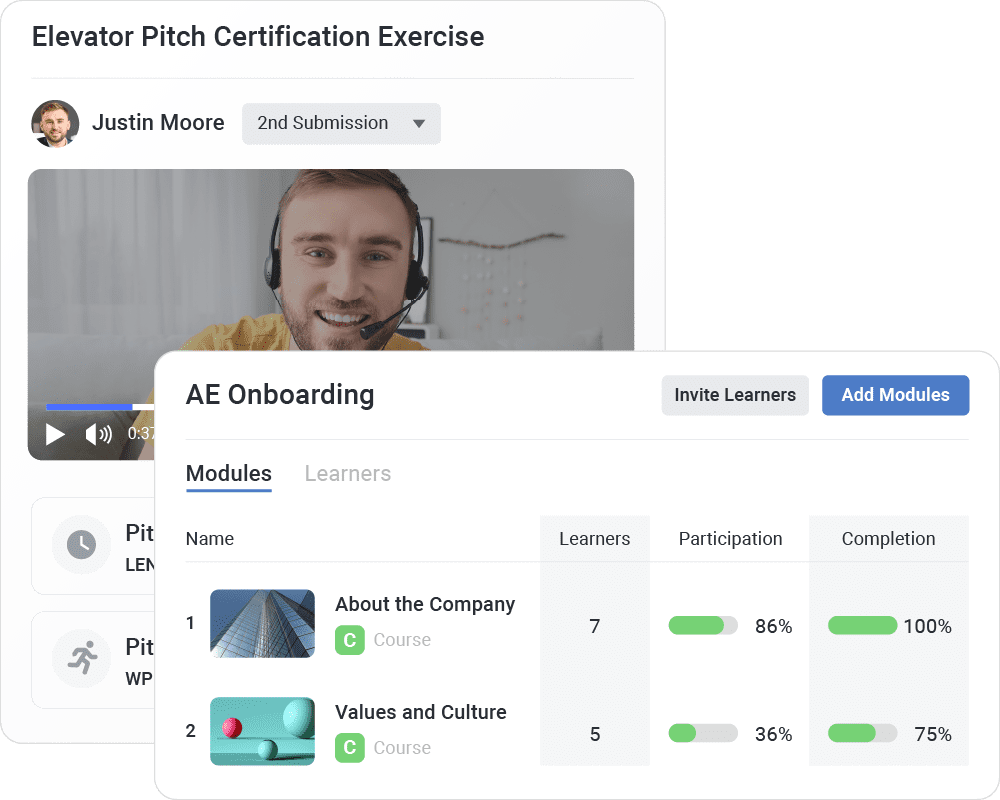
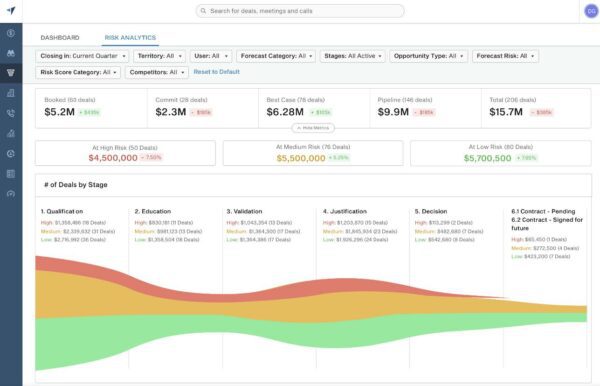
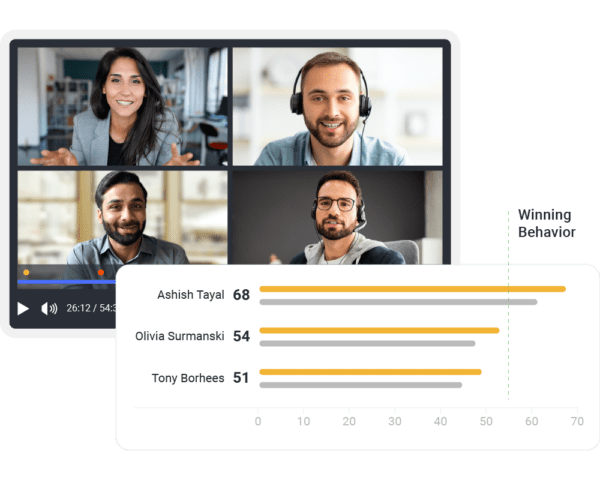
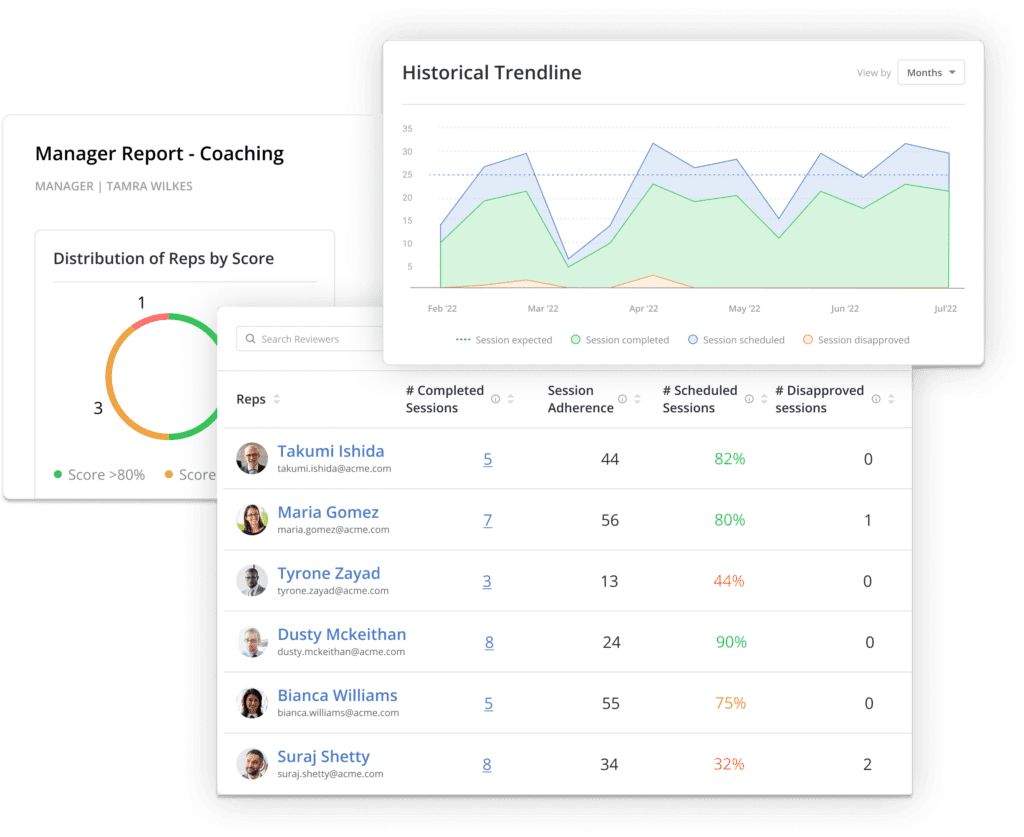
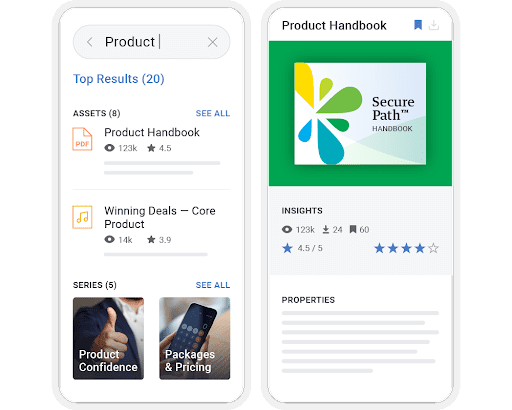
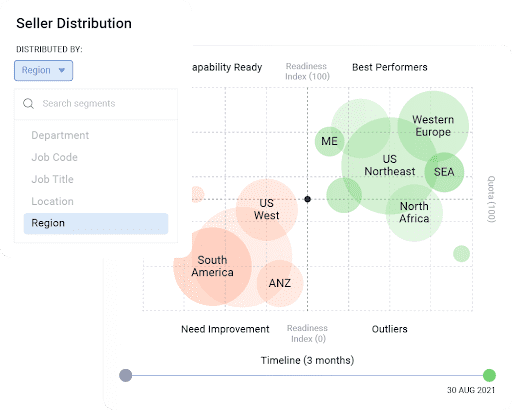
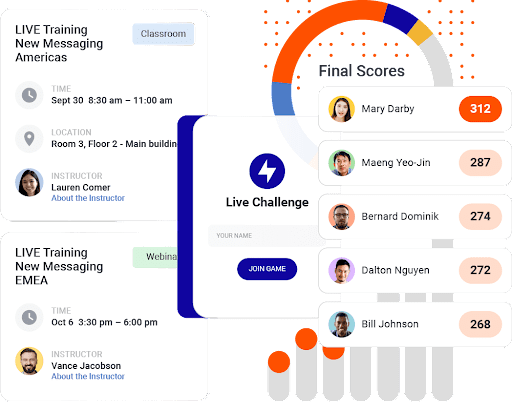
Future trends in virtual selling
As more companies discover the benefits of virtual selling, the platforms necessary to enable it, and the skills that make it more profitable, the environment will continue to shift. Trends will likely include:
- Personalization and customization: To overcome the inherent limitations of virtual selling, reps will find new ways to personalize interactions and build sales around customized digital experiences. Marketing and sales teams will likely need to keep conversations going across multiple platforms. For example, a prospect who reaches out on social media will want continuity when switching to email or video chat.
- AI and automation: From workflow automation to AI chatbots, new tools will make it even easier to build digital-first processes and eliminate manual tasks that slow down your reps’ days.
- Self-service: Self-service solutions enable prospects to do their own research, essentially letting them be their own sales reps until they need more in-depth support. This saves time and money while boosting customer satisfaction.
How Mindtickle supports virtual selling
If you’re looking for a way to bring it all together — virtual selling tools, skills, best practices, and whole teams — this is it.
Mindtickle doesn’t just put your processes in one place. It enables reps to do more and sell more by better utilizing digital tools, data, sales enablement materials, and even coaching opportunities. Top solutions include:
- Sales training: Individualized goals, AI-supported lessons, practice opportunities, and consistent reinforcement — that’s all part of Mindtickle sales training.
- Analytics: Role-based dashboards and customized insights help you track your teams’ progress and identify skills or knowledge gaps in real time.
- Conversation intelligence: Help your reps sharpen their virtual selling skills by tapping into sales conversations, identifying best practices, and supporting growth across your team.
See Mindtickle in Action
Enable your reps to do more and sell more by better utilizing digital tools, data, sales enablement materials, and coaching opportunities.
Get a DemoThis post was originally published in June 2023 and updated in December 2023.




 By Kevin Atkinson
By Kevin Atkinson


